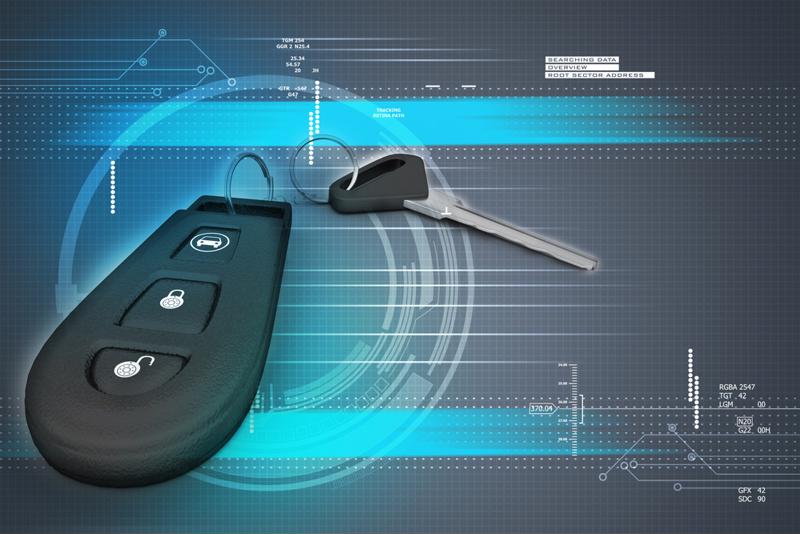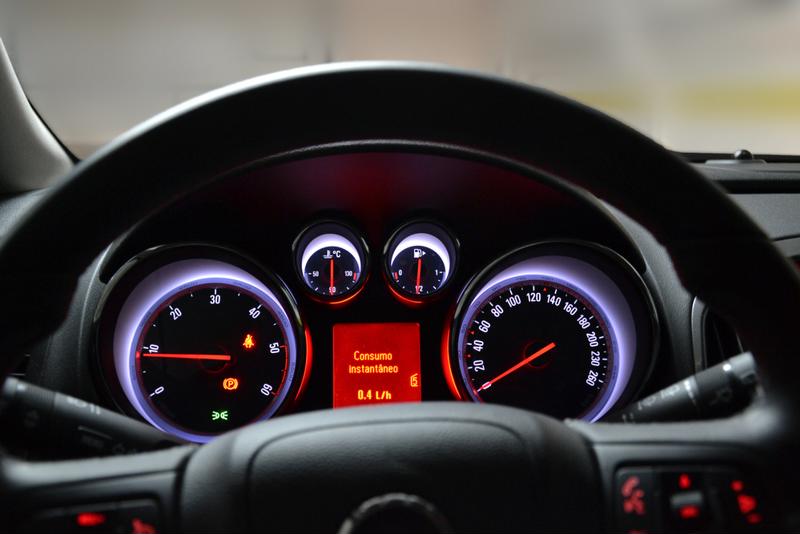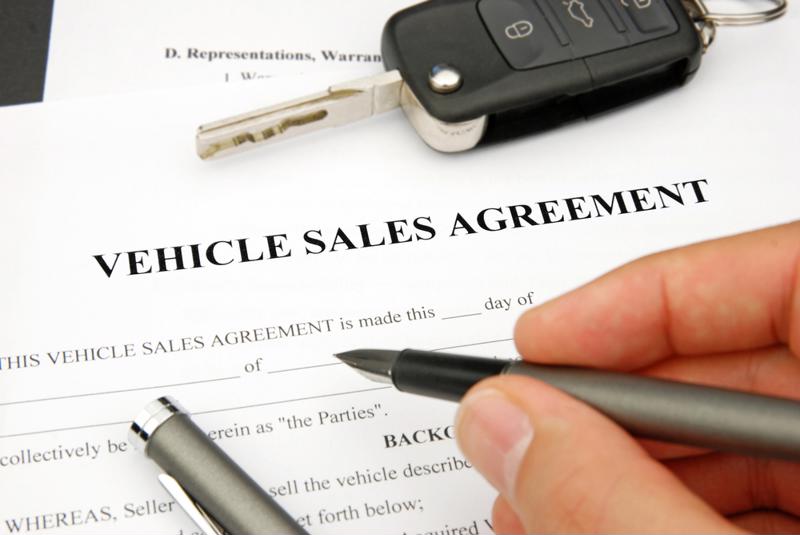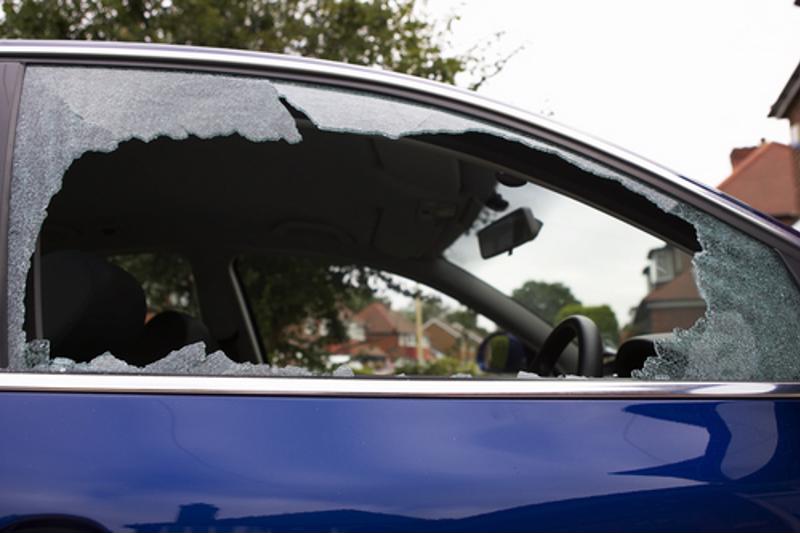Hurricane Joaquin recently created some seriously wet conditions for drivers along the east cost of the U.S., from gale-force winds right down to severe thunderstorms and flash floods. You may never be more thankful for your car than when you're driving to work in a downpour, but don't let the convenience of having your own wheels distract you from the safety issues that stem from driving in the rain.
Whether it's a drizzle or a downpour, rain instantly adds extra considerations to your regular driving habits. Here are some tips for staying safe on the road while it's raining.
1. Slow down
You may have already guessed the biggest and most important tip for staying safe in the rain: slowing down. It's a simple concept – the faster you're driving, the less time you'll have to react in a potential emergency situation, such as a car spinning out of control or having a pedestrian step in front of you. What's more, driving faster can reduce the control you have over your car. In wet conditions, when roads are more slippery than usual, anything that reduces traction and your control is dangerous.
When driving in the rain, slow down and keep your eyes on the road to avoid accidents.
var atlantisVideo = AtlantisJS.Init({videos: [{id: “2506”}]});
2. Check your tires
If you keep hearing about proper tire maintenance, there's a good reason for it. Tires are one of your car's most important safety features, as they facilitate the connection between the road and your car, so it's important to make sure they stay equipped to do that essential job. If the tread on your tires is worn down, it can drastically reduce traction and control even in the best conditions, let alone sub-optimal ones like heavy rain.
Even worse, the addition of water to the road can cause you to hydroplane. This is what happens when a layer of water wedges its way in between your tires and the road, and it can reduce your control to virtually nothing. Check your tires regularly, both to ensure the tread is in good shape and the air pressure is where it should be. You can determine this by checking your car's owner manual.
3. Turn on your headlights…
Traction issues aside, rain can also reduce visibility drastically, even in the daytime. Clouds and heavy rainfall can obscure your vision, which can compromise your safety behind the wheel.
This is why you should turn on your headlights when it starts raining. It's not so much to illuminate the road as it is to increase other drivers' visibility of you and your car. Most newer-model cars are equipped with standard daytime running lights that switch on automatically with the ignition, but if you're driving an older vehicle you may need to turn on the lights manually.
"Cruise control is a convenience feature meant to make your life easier."
4. …And turn off your cruise control
It may not seem like it, but driving can be tiring, especially if you're doing it for a long period of time. Advances like the now-ubiquitous cruise control are designed to alleviate that stress. But you should note that cruise control is a convenience feature meant to make your life easier, not a crutch you should use indiscriminately – especially in the rain.
According to AAA, cruise control doesn't allow you to slow down by removing your foot from the accelerator, but only by stepping on the brake. In the rain when the roads are wet, this can contribute to you losing traction and possibly even spinning out of control.
Driving in the rain can be perfectly safe with the right knowledge and a high-quality car, like the ones you'll find at New Jersey State Auto Auction. The hundreds of Carfax-certified cars on the lot are great for drivers of all ages and experience levels looking to drive away in the vehicle of their dreams.







 Keyless remote technology is becoming more advanced.
Keyless remote technology is becoming more advanced. HUD projectors are helping drivers keep their eyes on the road.
HUD projectors are helping drivers keep their eyes on the road.

 The sticker price of your car is just one factor to take into account when choosing a model.
The sticker price of your car is just one factor to take into account when choosing a model. 

 If your car is attractive to thieves, that will likely reflect on your insurance premium.
If your car is attractive to thieves, that will likely reflect on your insurance premium. 
 Nobody likes getting into an accident, but remaining calm is crucial.
Nobody likes getting into an accident, but remaining calm is crucial.